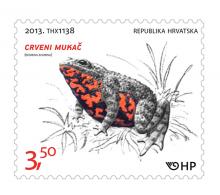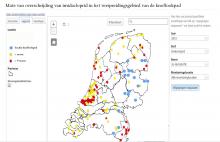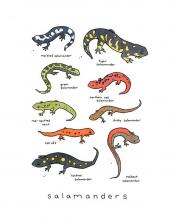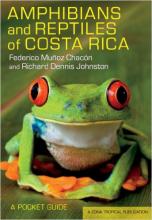Kiebitze und Unken verschwinden im Rhein-Main-Gebiet
Als besonders bedrohlich erweist sich die immer intensivere Landwirtschaft. „Auf den Äckern und Wiesen stellen wir einen massiven Artenrückgang fest“, sagt NABU-Mitarbeiter Mark Harthun. Acker-Bodenbrüter wie Feldlerche (Alauda arvensis) und Kiebitz (Vanellus vanellus) gebe es in Hessen immer seltener. Auf den Äckern nisten die Tiere nicht, weil Jahr für Jahr in riesigen Mengen Pestizide gesprüht werden. Nicht nur wegen der Giftstoffe selbst, sondern auch weil die Getreide- und Grashalme durch das Düngen immer dichter wachsen, brüten dort kein Vögel mehr, wie es heißt.










